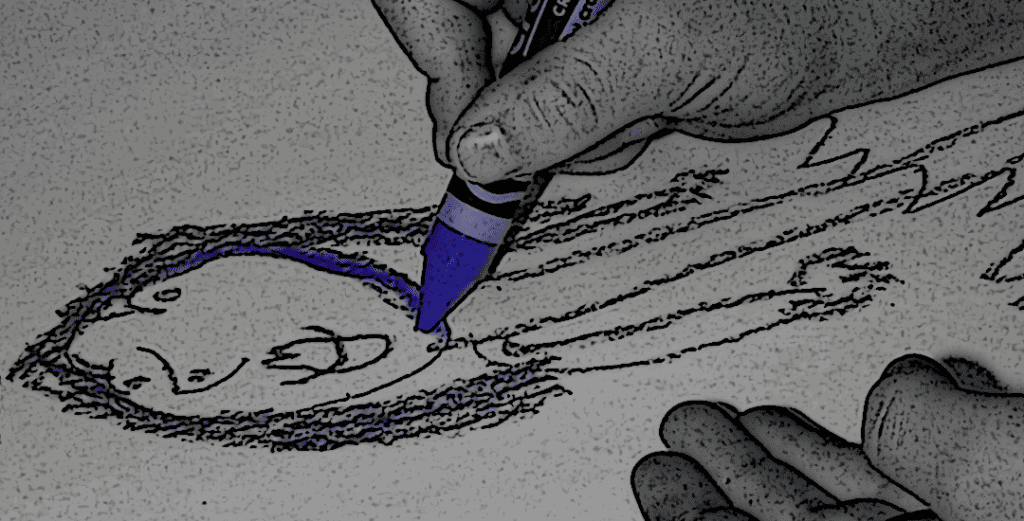Doug Ernst Staff Writer
Through men’s work over the past five years, I found my purpose in life, which is to reduce violence in families, communities and the world.
As a result, when I recently became aware of 300,000 children, mostly girls, who are at risk in the United States annually to the epidemic known as sex trafficking, I became involved.
Working with a local nonprofit agency, I helped raise funds for a private safe house where rescued girls – some as young as 10 – are gently nurtured back to health. They are healed in an environment with counseling, education and therapeutic character-building.
Some 80 percent of the girls eventually resume normal lives. Some earn high school diplomas and go on to college or careers. Some become counselors, to help rescued girls recover their stolen childhoods.
Trafficking children is more lucrative than selling drugs or guns because children can be used as sex slaves over and over again.
As a father of four daughters and a grandfather of eight, including five girls, I realized that raising money was not enough. I felt the need to raise awareness of this problem with men I know who are committed to “mentoring men to live with excellence, and as mature masculine leaders, create successful families, careers and communities.”
Now the men in my circle have asked me to bring awareness of this issue to the greater community of men, through this magazine.
The fact is, this may be an opportunity for men to take on an issue that traditionally has been left to women, as if protecting children is too difficult for men. The men on my team say that protecting women and children is absolutely masculine.
The fact is sex trafficking of children is a $9.5 billion industry in the United States. Trafficking children is more lucrative than selling drugs or guns because children can be used as sex slaves over and over again. A single slaveholder can make $150,000 to $200,000 per child annually, and the average slaveholder owns four to six kids. Trafficking of minor girls is the fastest growing crime in the nation.

The fact is prosecuting the slaveholders is difficult because children who are rescued are often afraid to testify because slaveholders threaten to hurt or kill their families if they talk. The fact is the average age of children who are forced into trafficking is 13, according to the Department of Justice. The fact is one in three minors is lured into sex trafficking within 48 hours after leaving home. Every two minutes a child is sold in the U.S. for sex.
Some men in my circle asked why we don’t concentrate on catching the slaveholders rather than healing the rescued slaves. The fact is the FBI is working hard to catch slaveholders.
The problem is what do we do with the rescued children? The FBI works to place them with agencies that run safe houses, but there simply aren’t enough safe houses in the US to house all of the rescued kids. Part of the problem is that the rescued kids need protection from slaveholders who want them back. Government money is available for safe houses, but bureaucratic red tape requires public disclosure of the houses and their occupants, exposing the kids to their slaveholders.
Often, children who are rescued cannot be released to their parents because they cannot be kept safe. Some parents reject their own rescued kids, and some kids are simply not ready to return home. Some kids are sent to foster homes, where their slaveholders find them again.
My men say the first answer to this vexing problem is to raise awareness among men who are already on a mission to create successful families, careers and communities. If men start talking about this epidemic, more people will discuss ways to eliminate this huge problem. Perhaps support will grow in communities to help law enforcement and prosecutors catch slaveholders. Perhaps we can all keep our eyes and ears open for signs of sex trafficking in our communities.
The second answer is to raise funds for more – or larger – safe houses for rescued girls. Perhaps sponsors of a rock concert could donate a share of their proceeds to the next safe house.
Our men’s team had an idea about how to answer the call:
If every man on our seven-man team brought one dollar to each weekly team meeting, that’s $364 a year. If we have three teams in our division, that would raise $1,092, and if we have six divisions in each region, that comes to $6,552 per region per year. With eight regions in the United States and Canada, that comes to $52,416. In two years, we could add more than $100,000 to the budget of a safe house – enough to make a big difference for more rescued girls.
“If you have other ideas, I’d be happy to hear them.”

great work you are doing. love it and the difference it will make.